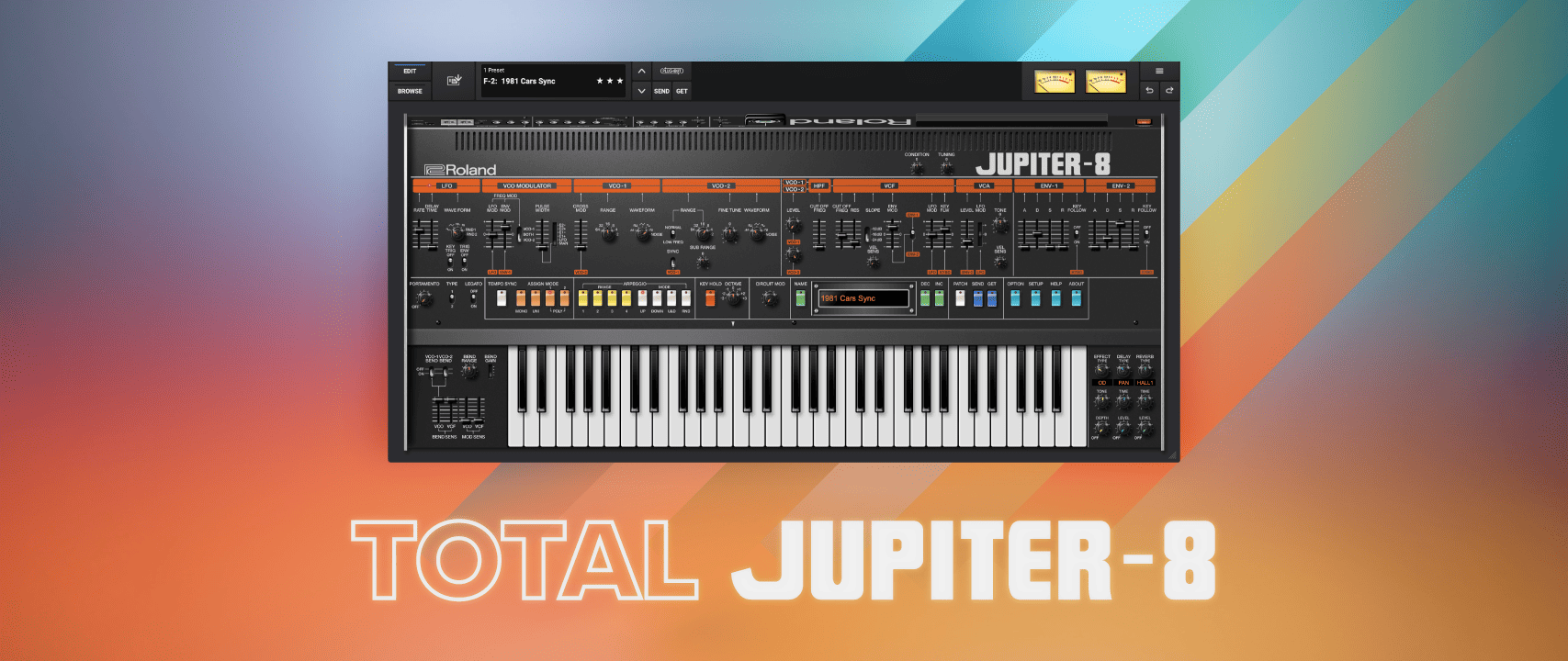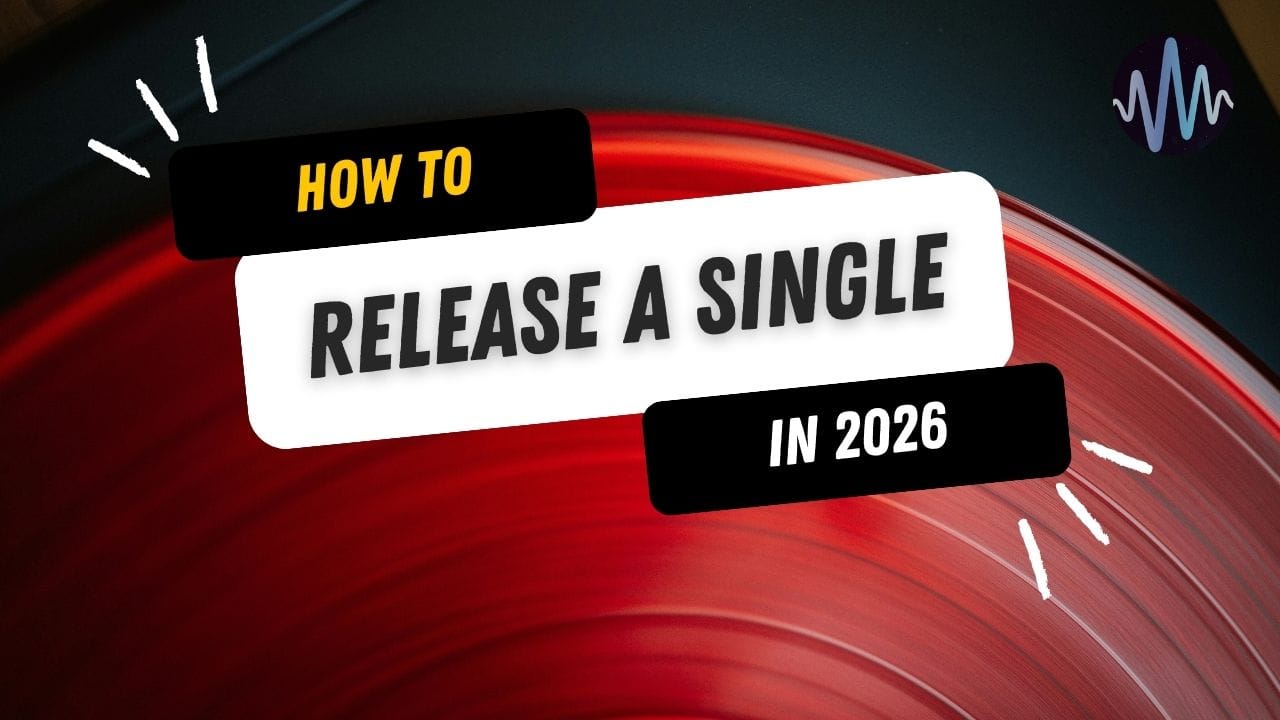Synth leads make up for a big chunk of modern music production – with bold, expressive, and memorable elements to any track. This blog covers the technical aspects of designing futuristic synth leads that fit a variety of electronic music styles.
What You Will Learn
- How to select the perfect synth for futuristic tones.
- Essential oscillator and waveform settings for leads.
- Using modulation and filters for dynamic textures.
- Writing expressive melodic patterns with pitch bends.
- Applying effects like reverb, delay, and saturation effectively.
Selecting the Right Synth Sound
1. Analog vs. Digital Synths
Choose your starting point based on the desired texture:
- Analog Synths: Use classic hardware emulations like the Arturia Minimoog V or Roland Cloud Jupiter-8 for warm, organic tones. These are excellent for vintage and full-bodied sounds.
- Digital Synths: Opt for software like Serum or Vital for precise, futuristic textures and intricate modulation capabilities.

2. Oscillator Selection
The foundation of your lead sound lies in the oscillator settings:
- Waveforms:
- Use Sawtooth waves for bright and buzzy leads.
- Square waves provide hollow, yet punchy tones.
- Layer waveforms for added complexity (e.g., blending a sawtooth with a sine for warmth).
Shaping Your Sound with Precision
1. Envelopes and Dynamics
Sculpt the attack and decay for expressive synth leads:
- Attack: A medium attack (20–50 ms) adds a softer swell for pad-like leads, while a fast attack (1–10 ms) creates an aggressive punch.
- Decay and Sustain: Short decay with medium sustain (~50%) works for rhythmic, plucky leads. For soaring leads, extend sustain to 80–100%.
2. Filters and Resonance
Filters shape the tonal character of your lead:
- Low-Pass Filters: Roll off high frequencies for darker, smoother leads.
- Resonance: Boost it slightly (20–30%) to emphasize harmonic richness at the filter cutoff frequency.
- Automation: Use filter sweeps to make the lead dynamic and engaging.
3. Modulation
Introduce movement and complexity:
- LFOs: Modulate pitch or filter cutoff for vibrato or rhythmic pulsations.
- Envelopes: Apply a dedicated envelope to filter cutoff for evolving textures.
Writing Melodic Patterns
1. Melodic Structure
Focus on simplicity and repetition to craft hooks:
- Short Motifs: Use 3–5 note phrases with rhythmic variation to create catchy loops.
- Syncopation: Introduce off-beat notes for dynamic energy.
2. Expression Techniques
Add life and personality to your synth leads:
- Pitch Bends: Map a pitch wheel to glide notes smoothly between pitches (e.g., a range of ±2 semitones for subtle shifts or ±12 for dramatic sweeps).
- Portamento/Glide: Enable legato mode and adjust glide time (100–250 ms) for a slurring effect between notes.
Processing and Effects
1. Reverb and Delay
Create space and depth in your leads:
- Reverb: Use plate or hall reverb with a decay time of 2–4 seconds. Dial the mix to 10–25% for subtle ambience or 50%+ for ethereal leads.
- Delay: Sync delay times to your project’s BPM (e.g., 1/8 or 1/16 notes) and adjust feedback for cascading echoes.
2. Saturation and Distortion
Add warmth and grit:
- Saturation: Subtly increase harmonics for analog-like warmth.
- Distortion: Apply heavier distortion for aggressive leads, using plugins like Soundtoys Decapitator.
3. EQ and Compression
Fine-tune the lead’s presence in the mix:
- EQ: Cut low-end rumble (<100 Hz) and boost around 1–5 kHz for clarity.
- Compression: Use a fast attack (5–10 ms) and medium release (40–60 ms) to tame transients and glue the sound together.

Advanced Techniques for Unique Leads
1. Layering
Combine different synth patches:
- Layer a sharp, aggressive lead with a subtle pad underneath for fullness.
- Detune layers slightly (±3–5 cents) to add stereo width.
2. Granular Synthesis
Experiment with granular engines like Ableton’s Granulator II to break down your lead into micro-particles, adding a glitchy, futuristic texture.
3. Reverse Reverb Pre-FX
Pre-render a reversed reverb tail as an intro effect, creating an anticipatory swell into your lead.
Recap
- Choose analog or digital synths for distinct textures.
- Shape sounds with sawtooth and square waveforms.
- Add life with filters, LFOs, and glide.
- Use EQ, compression, and effects for a polished mix.
- Experiment with layering and advanced techniques like granular synthesis.
Final Words
Synth lead design combines technical skill with creativity. Start with foundational techniques and explore advanced methods for unique sounds. With practice, your leads will captivate listeners and enhance your productions. Experiment with layering and effects to bring your synth leads to life. This way they captivate listeners and add a unique signature to your tracks.






Comments